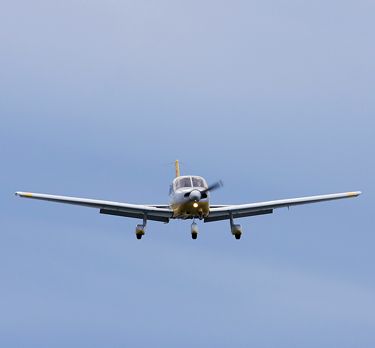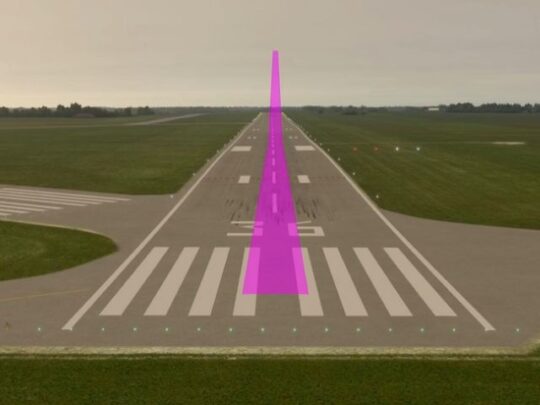Subscriber question:
“On an IFR approach, when do you suggest pulling the power to slow to below Vfe (maximum flap extension speed) in order to add flaps?” – Alan P.
 Wally:
Wally:
“In my opinion, all IFR approaches should be stabilized at or prior to the final approach fix. Where you set the power to do this depends upon the airplane. An airplane that is clean and fast will obviously need more distance to slow down than a trainer.
Here is a way to figure this out for yourself. Point your airplane at a VOR or a waypoint if using GPS and establish normal cruise power and speed. Note your distance from the fix and reduce the power to an intermediate setting; something in the area of 1700 RPM or 15 inches of manifold pressure. Hold altitude and note how many miles it takes to slow to gear and or flap speeds. Now you know how many miles it takes to slow down and be ready for the approach. Also note the power required to maintain a constant airspeed and altitude.
Why an intermediate power setting rather than just closing the throttle to slow down quicker? Closing the throttle works, but it makes a lot more trouble for the pilot. Large power changes cause a need for large trim changes and often result in altitude excursions.
If you intend to fly the approach with an intermediate flap setting, extend the flaps and again note the power needed to stabilize the aircraft in this configuration. Write these numbers down, they should work every time.
It is my desire to be stabilized in the approach configuration no later than 2 miles prior to the final approach fix. So I add the distance required to slow to two miles and that is the latest point I can began to slow down.
Here’s the catch. To make this all work out, you need to be level at the initial approach altitude when slowing. But often ATC holds you higher; sometimes called the slam dunk approach. So, I attempt to get into my approach configuration and power setting as soon as I start getting radar vectors for the approach. Here is a case when sooner is better than later. Then if I also need to descend, since I am already slowed I can add drag or close the throttle. The goal is to be stabilized prior to the final approach fix. Then as I intercept the glideslope, I can extend the landing gear, make a small power adjustment if needed, and fly the approach in a stabilized manner.
Remember, small powers changes require less pitch adjustments and trim changes which allow you more time to concentrate on tracking the localizer and glideslope.
Also remember if you are behind the airplane and too fast as you approach the final approach fix there is nothing wrong with telling the controller you want to be re-vectored for the approach. OH! heaven forbid, is this a pilot who needs to admit on the radio that he is behind his aircraft? Well, we don’t really know do we? Maybe it was the pilot’s fault or maybe it was the controller’s fault. Either way, it sounds to me like a smart pilot.
I once heard a pilot tell me as he crossed the final approach fix high and fast that he thought he could salvage this approach. Well, had he continued as he was going, the salvage would have been done by the wrecking crew. Don’t try to catch up with the airplane after passing the final approach fix. That’s a very a low odds game.”

